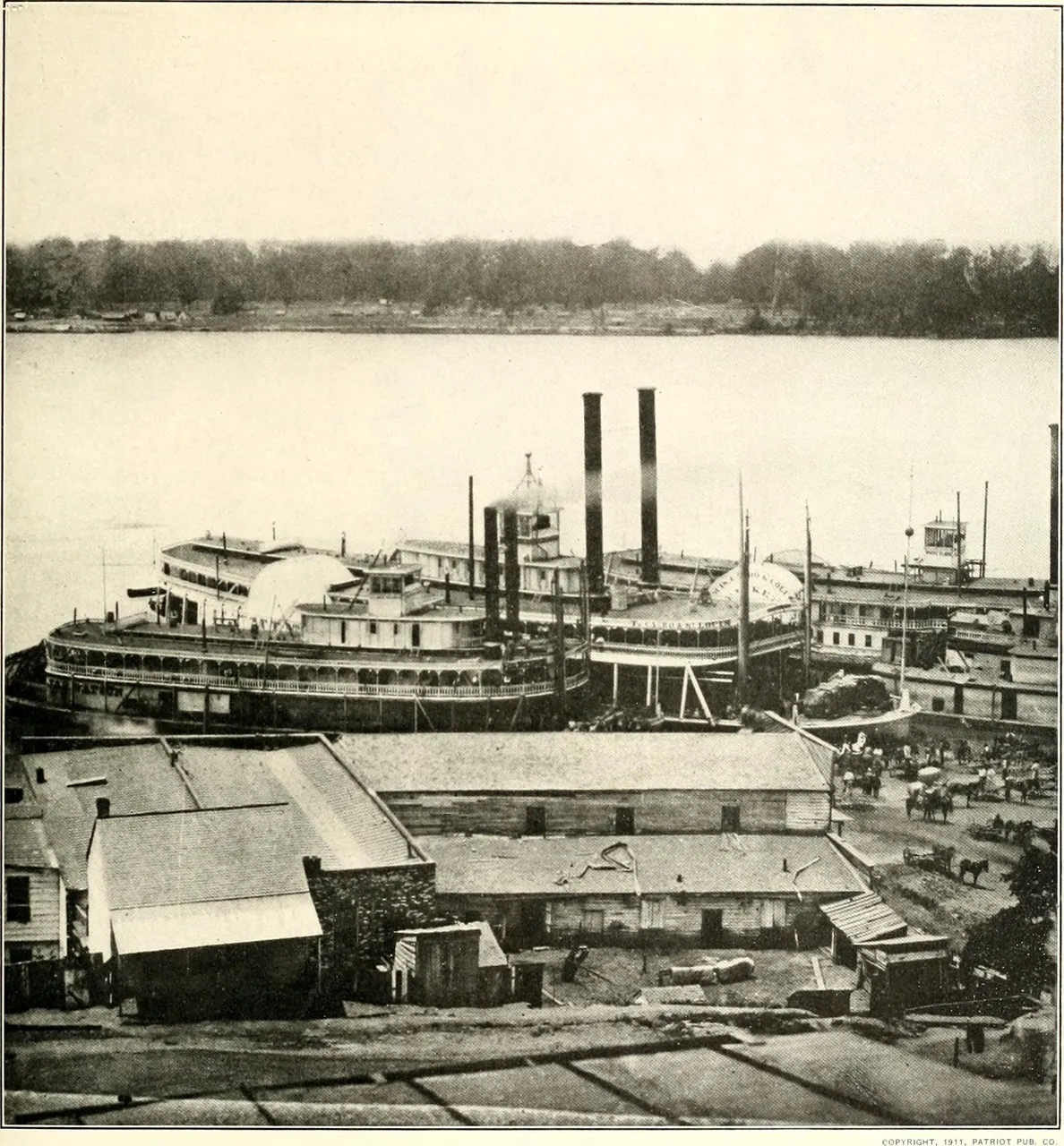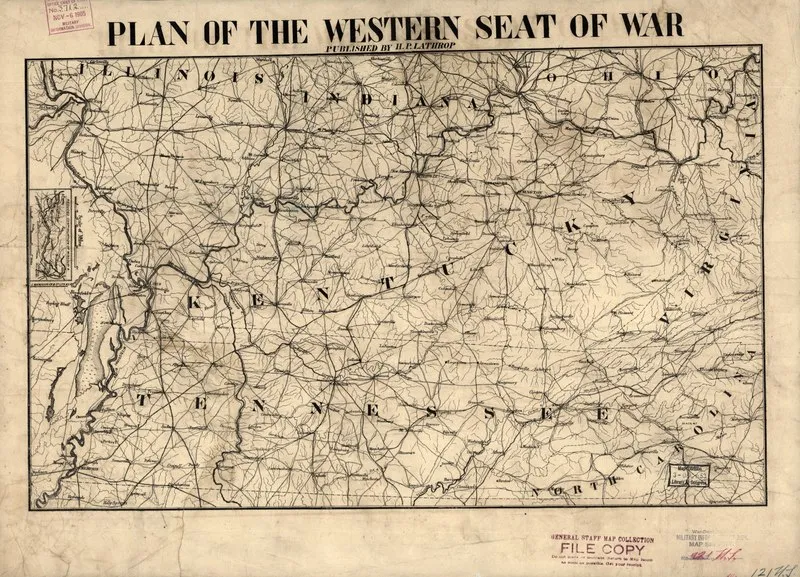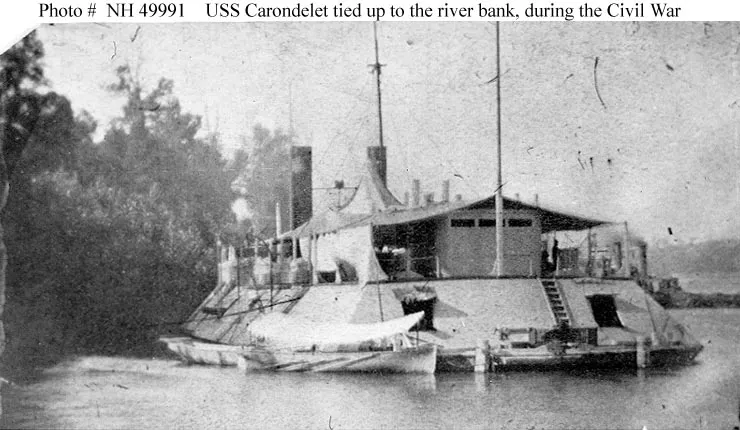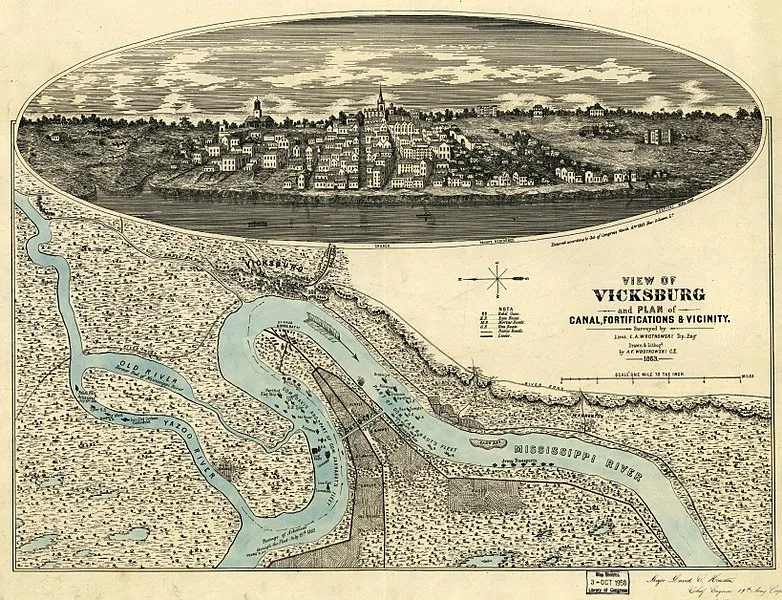Our American history mostly teaches us that the Civil War and most of the pivotal battles were fought in the east. In and around Virginia. I would submit that the Mississippi River and the control of it was the pivot that the entire war hung on.
In the first part of this series (available here) we discussed the geologic history of the river and it’s flow. The second part of the series (available here) was about the early human history in the valley. The third part (available here) went from European contact to full American influence. In the most current edition we looked at the “Americanization” of the River which is available here.
Civil War: Fire on the River
Civil war means many things, the very idea that part of a nation can turn on itself is part of it. High passions and fiery rhetoric is certainly a piece of the puzzle. At the end, what it really means to the US is that every single casualty, every single wound was to an American. The war is long since settled, and even the reasons for it is no longer debated. But the passion and rhetoric continue to simmer over 150 years later.
For the purpose of this narrative there will be no discussion of causes or even conditions that led up to the war except as they relate directly to the Mississippi River and it’s tributaries. It would be well served to remember that the North fought to keep the Union and the Country intact. The South fought to become a separate Country and change the borders forever. The effect being that the North fought the position of conqueror and the South only needed to fight a delaying action until the rest of the world recognized their sovereignty. This made the North the aggressor and the South the defenders.
The Importance of the Mississippi to Both Sides
The North was really still mostly in development stage in the Upper Mississippi River Valley and territory west of the River. They needed free and uninterrupted access to the Gulf of Mexico in order to grow and support the expansion.
The North had a pretty good railroad network, particularly east of the River that supported and contributed to the traffic on the river going both ways.
Southern Agriculture in general and particularly cotton drove the expansion south of the Mason-Dixon line. The South provided the fiber of the time to the entire world. Cotton drove the mills in New England and England where fabric was made on a huge scale. Cotton was the miracle of the time, and the uses went far beyond simple clothing. Though Riverboats were steam powered the Oceans of the world were covered with sailing vessels that needed acres of cotton fabric for the sails and lines.
The South’s Railroad network was nothing compared to the North. There was some problem with standard width of the rails, and really only one line that ran from the Atlantic all the way to the Mississippi. Most of the cotton made it’s way to the Mississippi via other rivers.
Both sides needed access and use of the Mississippi to further long term plans. Only one side could control the river so the stage was set.
It Is War
In 1861 most of the actual war was fought in the east. The North did establish a ‘River Squadron’ in their Navy and put three gunboats on the river based out of Cairo, Illinois. The Gunboats patrols of the middle Mississippi forced the South to use land fortifications to hold the River. The South entrenched and the North built boats.
The early war leadership of the Union forces was laughable and the Western Theater was no exception. It took several engagements until the North found it’s commander in US Grant who relied heavily on WT Sherman as a subordinate (Sherman did not start the war subordinate to Grant. He suffered a nervous breakdown quite early and Grant picked him off the scrap pile of officers to be his right hand).
The small Union fleet swung the balance that kept Missouri and Kentucky neutral in the war rather than going to the Confederate side. That one thing made a huge difference in the River War.
By early 1862 the land war had come to the River. The battle of Shiloh where Grant’s forces were surprised in an attack at Pittsburgh Landing on the Tennessee River. The Southern forces drove the Union forces up against the river but could not break through. Grant’s reinforced army counterattacked on the second day and chased the South back to the original lines. More than 24,000 Americans lost their lives in those two days, which was a higher total than the rest of the war had totaled to date.
The results were staggering to both sides, but it gave Grant the idea of ‘horrible math’ that he would pursue to the end of the war. Simply stated, the North had more resources and men than the South and they just had to wear the South out. Remember, the South was fighting defensively in their territory for most of the war.
Vicksburg
By the time of the Vicksburg campaign the North under Grant had reduced all the forts on the river to rubble and only Vicksburg kept the River from being completely in Northern control. In a brilliantly executed campaign Grant and Sherman continuously surprised the South and put Vicksburg under siege. Vicksburg was perched high on a cliff that dominated a bend in the Mississippi. The South had fortified and prepared but Grant used a water borne landing that got them close enough to the city to reduce it with cannon fire. A final land assault up the hills to Vicksburg and the Mississippi River was in control of the Union.
That effectively cut the South into two pieces, and took away their principal way to move troops and supplies. Grant would go on to become supreme commander of the Northern Armies and Sherman would make his infamous march to the Sea. The fall of Vicksburg almost insured the fall of the South.
The fall of Vicksburg in 1863 would start a new chapter for America and on the Mississippi River. In our next installment we will discover the ‘new way’ for America.
Unsourced Photos are used courtesy of the author.
While the words and ideas in this post are strictly those of the author these sources were referred to by me to insure numerical and historical accuracy.
Wikepedia: Mississippi River Campaigns
Wikipedia: Western Theater of the American Civil War
Authored by: @bigtom13
Adsactly is a society for freethinking people. Interested?
Click on the coin to join our Discord Chat

Vote @adsactly-witness for Steem witness!
Witness proposal is here:
Go To Steem Witness Page
In the bottom of the page type: adsactly-witness and press vote.

Use small letters and no "@" sign. Or, click here to vote directly!
Thank you!
Click on the coin to join our Discord Chat

Witness proposal is here:
Go To Steem Witness Page
In the bottom of the page type: adsactly-witness and press vote.

Use small letters and no "@" sign. Or, click here to vote directly!
Thank you!





